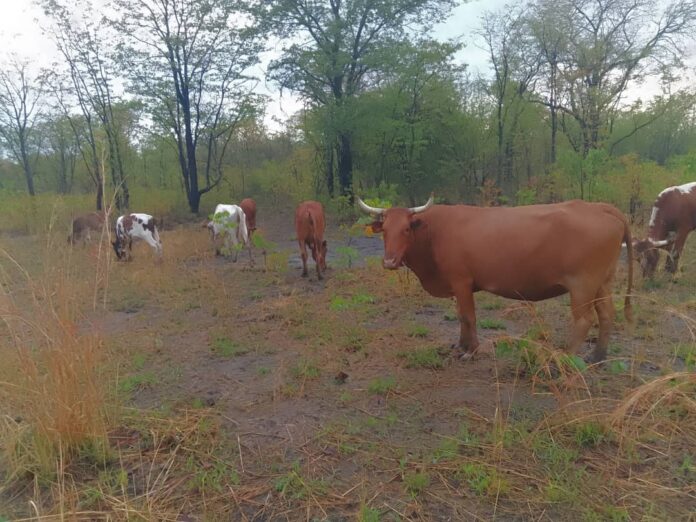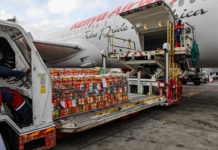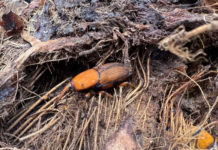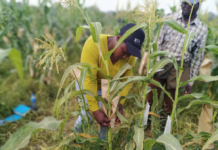By Hwande Sheunesu
The onset of the 2025–2026 agricultural season marks a crucial period of renewal for both livestock and crop production across the region. With the return of the rains, key grass and tree species are regenerating, improving pasture quality and providing much-needed feed for livestock. At the same time, farmers are preparing their fields and planting crops—ushering in a season of hope and productivity. This natural regeneration offers a vital opportunity to balance livestock and crop systems, which is essential for building climate-resilient and sustainable agriculture. Integrated approaches enhance soil health, increase productivity, and strengthen rural livelihoods.
In recent years, farmers have faced mounting challenges from prolonged dry spells, which severely impacted both grazing and crop yields. The current seasonal shift presents a timely window for recovery. Regenerated pastures support livestock health, while timely crop planting—especially with drought-tolerant varieties—boosts food security.
As the season progresses, collaboration among farmers, extension officers, and policymakers becomes increasingly important. Promoting climate-smart practices in both livestock and crop production is key to achieving long-term economic resilience and environmental sustainability. Efforts to improve soil fertility, water use efficiency, and pest management will further bolster production. With the right support, these strategies can raise incomes and secure thriving communities and ecosystems. If embraced fully, this season could mark a turning point toward more dynamic, adaptive, and climate-resilient agriculture across Zimbabwe’s rural landscapes. This collective effort will ultimately contribute to a more food-secure and prosperous Africa.








